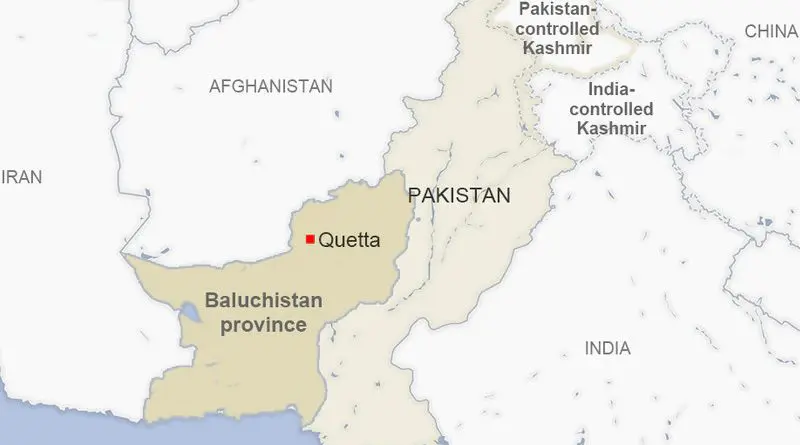Balochistan’s Path To Stability: Progress, Prospects, And Challenges – OpEd
Balochistan, Pakistan’s largest and most resource-rich province, has long been synonymous with instability and conflict. For years, the region grappled with militancy, political unrest, and economic challenges. However, recent years have seen a significant shift, with signs of Balochistan stabilizing and moving towards a more secure and prosperous future.
One of the most noteworthy developments in Balochistan is the marked decline in militant activities. Baloch insurgent groups, which had been a source of instability for decades, have become less active. The government’s efforts to restore security through a combination of military operations, negotiations, and political engagement have yielded positive results. The increased stability has allowed local communities to breathe easier, with reduced fears of violence disrupting their daily lives.
Balochistan’s Journey to Stability
Balochistan, the largest province in Pakistan, is strategically located with access to the Arabian Sea, making it a vital corridor for trade and connectivity. However, the province’s potential for prosperity was overshadowed by decades of conflict, militancy, and political unrest. The development of Gwadar port will change the fate of Balochistan. Balochistan’s journey toward stability and security is a significant development that deserves recognition and support.
Balochistan has seen a surge in development projects and investments, signaling the region’s potential for growth. Infrastructure projects, including roads, highways, and ports, have been initiated to connect Balochistan more effectively with the rest of Pakistan and neighboring countries. Such developments open doors to new investment opportunities, offering a chance for the province to leverage its vast resources for economic growth. Additionally, these projects have translated into improved living conditions for the local population, with better access to education, healthcare, and essential services.
Balochistan’s political landscape has also witnessed positive changes. The province’s increased representation in the national government reflects a commitment to addressing its unique needs and concerns. Political reconciliation efforts have played a pivotal role in bringing former militants into the mainstream, fostering a sense of inclusion and belonging. Local empowerment and decision-making, through local government elections and the devolution of powers, have allowed Balochistan to have a say in shaping its future.
The international community has recognized the importance of a stable Balochistan. Neighboring countries have vested interests in seeing a prosperous and peaceful region. Economic corridors connecting Pakistan, Iran, and China pass through Balochistan, making it a strategic point for trade and connectivity. Moreover, international organizations have initiated programs to support development and stability in the province, strengthening Balochistan’s prospects for a more secure future. Diplomatic initiatives continue to promote peace and stability in the region.
Challenges and Ongoing Concerns
While Balochistan’s journey toward stability is promising, challenges remain. Lingering issues and grievances, including historical disputes over resource distribution and autonomy, must be addressed comprehensively. Economic disparities within the province also need to be tackled to ensure that development benefits all segments of the population. Striking the right balance between local autonomy and national unity remains a complex task, necessitating ongoing dialogue and cooperation.
Balochistan’s strategic significance and potential for progress make it crucial for all stakeholders to remain committed to its journey toward stability. The decline in militancy, significant development projects, improved political engagement, and international collaboration are all contributing to the province’s stabilization. Balochistan’s strategic location and vast resources make its stability essential not only for Pakistan but also for neighboring countries and the broader international community.
Conclusion
Balochistan’s progress toward stability serves as a remarkable example of the potential for positive change in conflict-prone regions. The decline in militancy, significant development projects, improved political engagement, and international collaboration are all contributing to the province’s stabilization. Balochistan’s strategic location and vast resources make its stability essential not only for Pakistan but also for neighboring countries and the broader international community. As the region navigates the challenges that lie ahead, it is crucial to maintain the momentum toward stability and sustainable development. Balochistan’s path to stability serves as a valuable case study of the power of diplomacy, political engagement, and international collaboration in transforming conflict-ridden regions. By supporting Balochistan’s continued progress, the world can ensure a more secure and prosperous future for the people of this pivotal region.

